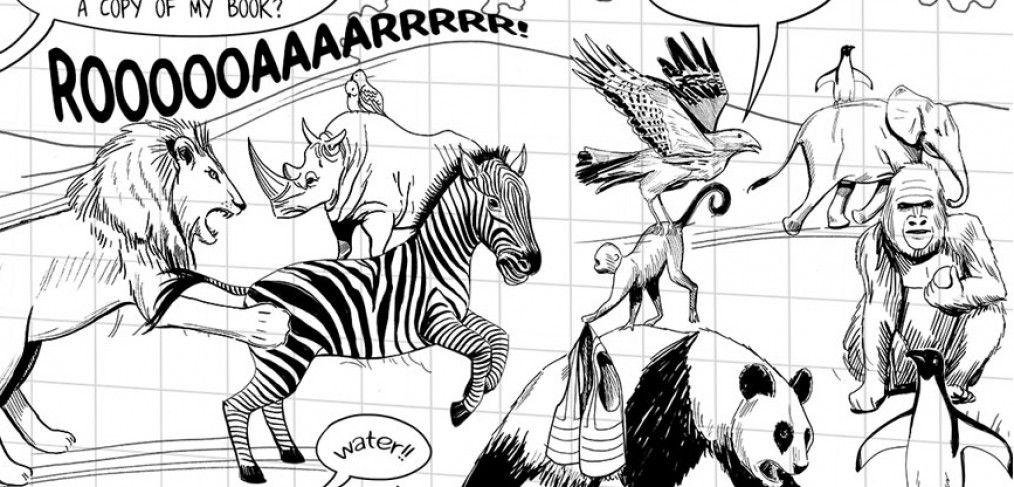
A Zoo
I have to bicycle vehicularly most of the time because there’s not much infrastructure yet. But I’d prefer not to. What I can’t understand why anyone would argue against protected bike lanes.
I wonder how the argument would go if applied to other things- like a zoo?

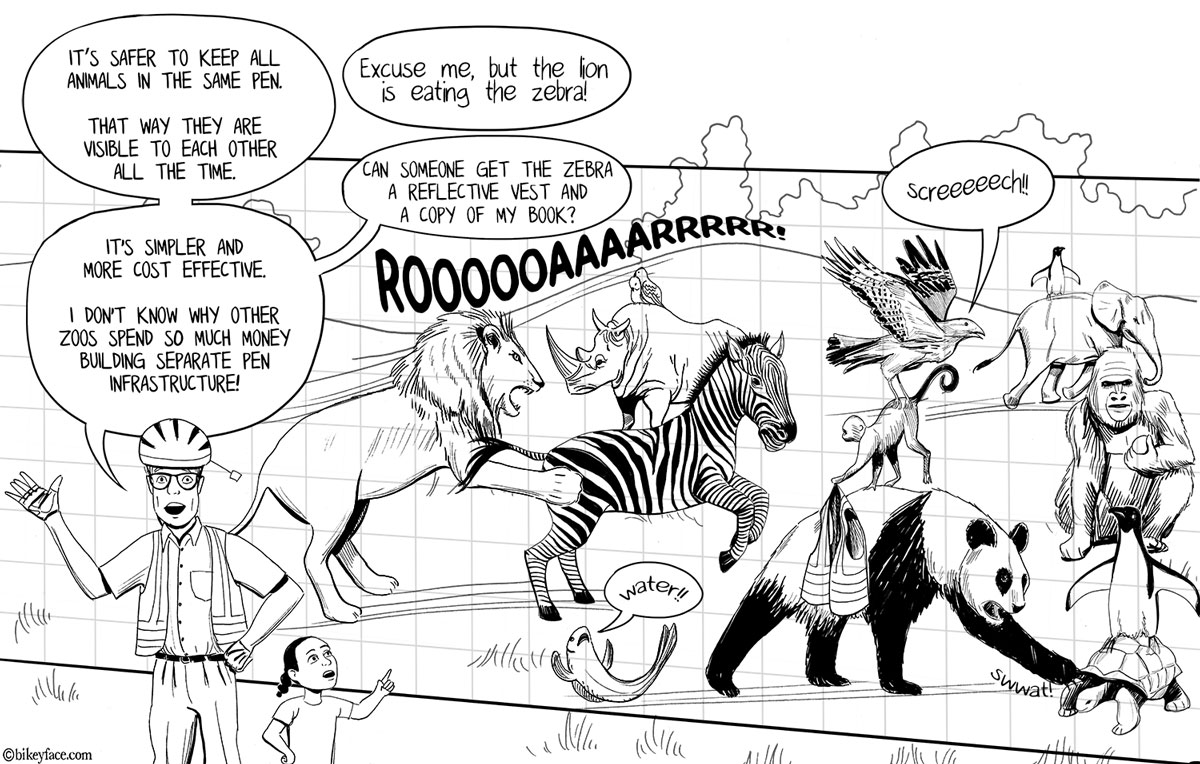
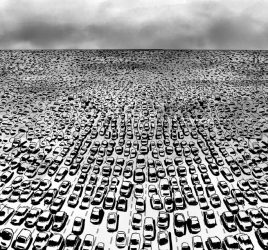
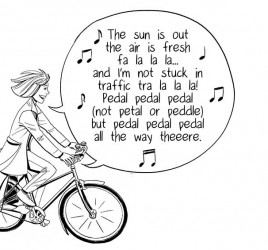
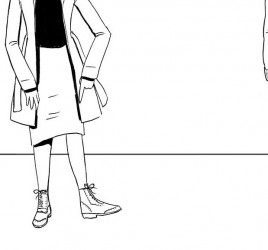
I agree completely. I ride like a defensive vehicle most of the time because there are no bike lanes where I live. If there were a comprehensive cycle path network, then I would use it, and rarely, if ever, head out on the roads on two wheels. My town has one bike path, and it’s great for what it is, but it doesn’t go everywhere in town. Outside of that one path, we have sharrows along main street, and a few “bicycle stop here for traffic lights” markings.
Brilliant!
Not bad, the idea: like in paradise, where the lion lies beside the lamb …
In my experience ist is a matter of speed. “Twenty is plenty!”
Because even protected bike lanes are not protected 100% of the time. The theory at least is that is better to be 100% visible than hidden and somewhat protected.
It is a misconception energetically peddled by the few remaining – or surviving – advocates of Vehicular Cycling that in the Netherlands cyclists are barred from the public highway.
In fact, although it is indeed illegal to use the vehicle carriageway when a cycle track runs parallel to it, and the Dutch police will book you for it if they catch you, only about 22% of the country’s total road kilometrage is thus segregated: chiefly urban arterial routes and main roads between towns. Suburban back-streets and country roads are shared-use, while most town centres are pedestrianised with cycling allowed under certain restrictions.
The point is that the segregated bits are the ones where it’s most likely that a vehicle would hit you if they weren’t: that’s the whole point of the exercise.
You are not hidden on separate infrastructure. You are only hidden on bad separate infrastructure.
It has been said a million times: The dutch with their excellent safety records (best in the world) proove that separate infrastructure is at least as safe as mixing vehicles of very different mass and speed – and that it makes riding a bike so convenient that everybody wants to do it.
“and that it makes riding a bike so convenient that everybody wants to do it.”
It’s true that making riding a bike convenient is important to getting everybody to want to do it. But the infrastructure alone is hardly what does it in the Netherlands. In fact, it’s pretty clear that without the infrastructure bicycle use would be about as popular as it is with the infrastructure.
The key is that the convenience of bicycling is measured relatively against the convenience AND COST of motoring. With hilly terrain and free or cheap and widely available parking, and less than onerous traffic congestion, as it is in most of the U.S., the motor vehicle remains far more convenient by most measures. Then there are tax considerations, including very high sales taxes at purchase, gas taxes, registration taxes, etc. The cost and therefore economic convenience of owning and driving a car is much higher there.
It’s folly to think that segregated infrastructure, even the really good stuff, facilitates bicycling convenience. But the junk we mostly get in the states doesn’t do anything at all.
@Serge Issakov – the history of cycling in the Netherlands suggests that you have it backwards. Go read David Hembrow’s blog or similar histories; till about the 70s, Dutch infrastructure was headed in an automotive direction, cycling was declining, and bike and pedestrian fatalities were rising. They decided this was a bad idea and started building cycling infrastructure, and both safety and ride share turned back up.
For example: http://www.aviewfromthecyclepath.com/2011/10/how-dutch-got-their-cycling.html
@Serge
“In fact, it’s pretty clear that without the infrastructure bicycle use would be about as popular as it is with the infrastructure.”
Forgive me for laughing out loud.
You obviously don’t know the Netherlands very well. Your statement is so obviously wrong that it sounds quite ridiculous to anyone who knows the actual situation in the netherlands:
dr2chase already pointed out that the Netherlands where quite car centric until the mid-seventies. Cycling became a success story when they started building infrastructure.
Or take a comparison with other european countries: The cost of owning and driving a car are quite similar in most western european countries. The EU works towards reducing differences in tax rates. Your “very high sales taxes at purchase” are even below average in the Netherlands. Terrain and climate are, for example, quite similar in the northeastern part of France and the Netherlands. Similarity: Cost of cars, terrain, cimate. Difference: Infastructure. Result: Modal share northeastern France: 2%, Netherlands 27%.
It is as simple as that.
Also useful to remember that in the “bicycle paradise” countries such as the Netherlands the ability to get and keep a driver’s license are much more stringent. There is much of both the written and practical exams that has a lot to do with how to interact with and respect cyclists when they are sharing the road. If a motorist there hits a cyclist it is the motorist who has a presumption of guilt, as it were. Sadly, it’s just the opposite in the US. It is this “hearts and minds” aspect, along w/ separated paths and protected lanes that make things work so well there. Of course this would be a difficult and generational change here; but not impossible. Think of the shifting mind sets our society seen and is seeing on things like smoking and gay marriage.
Forgot to mention this in my first comment: while I lament the current state of bicycle infrastructure in Mass., a new post from Bikeyface always makes my day. Thanks.